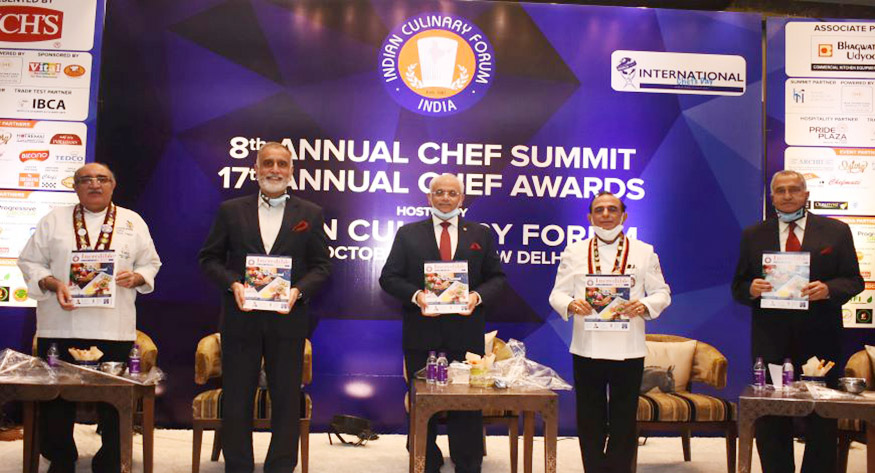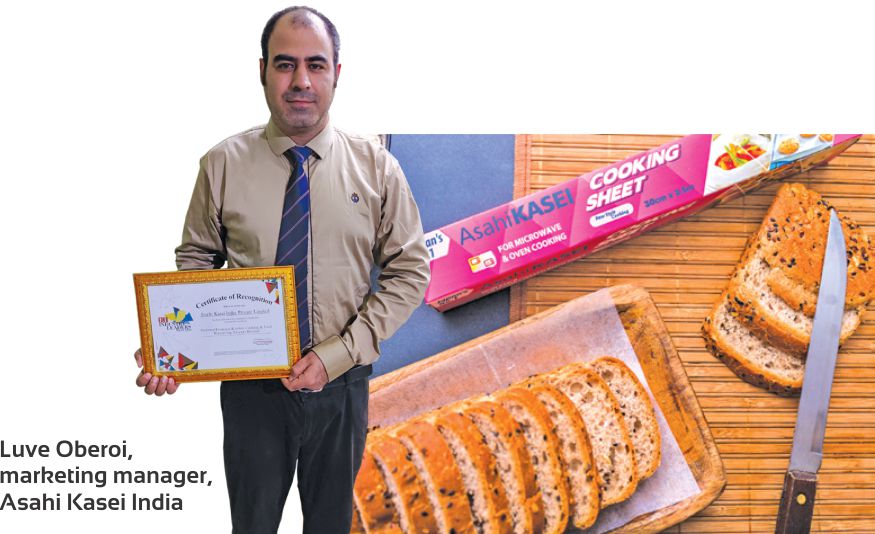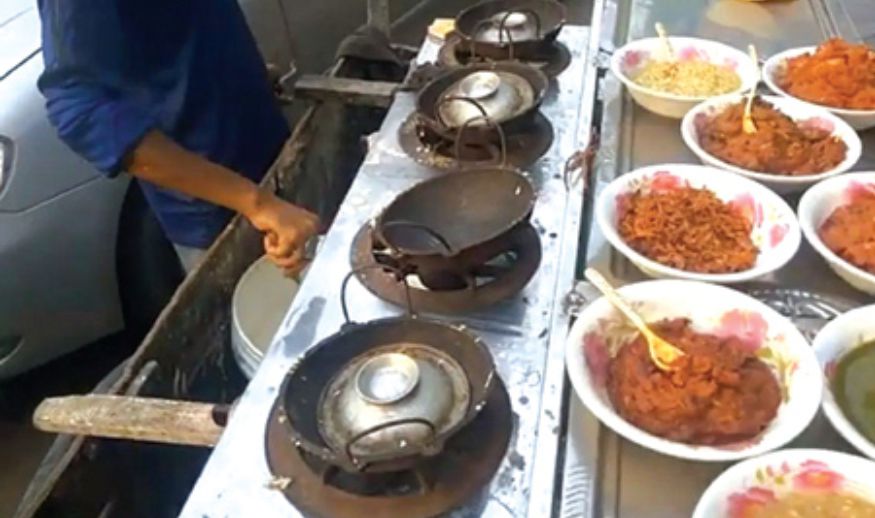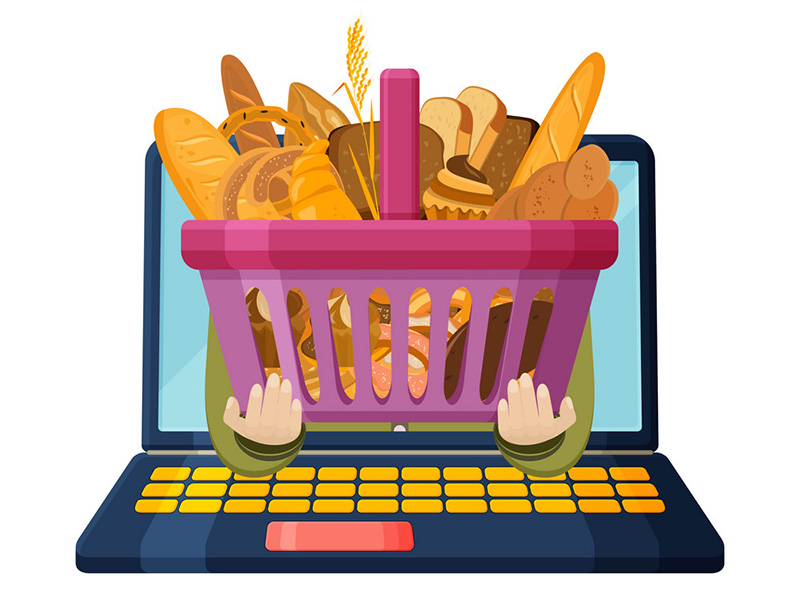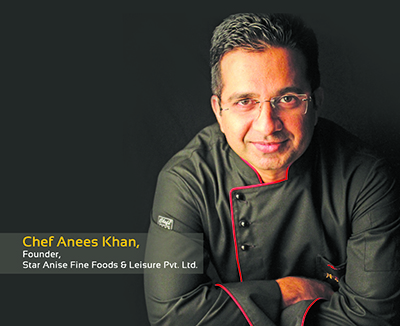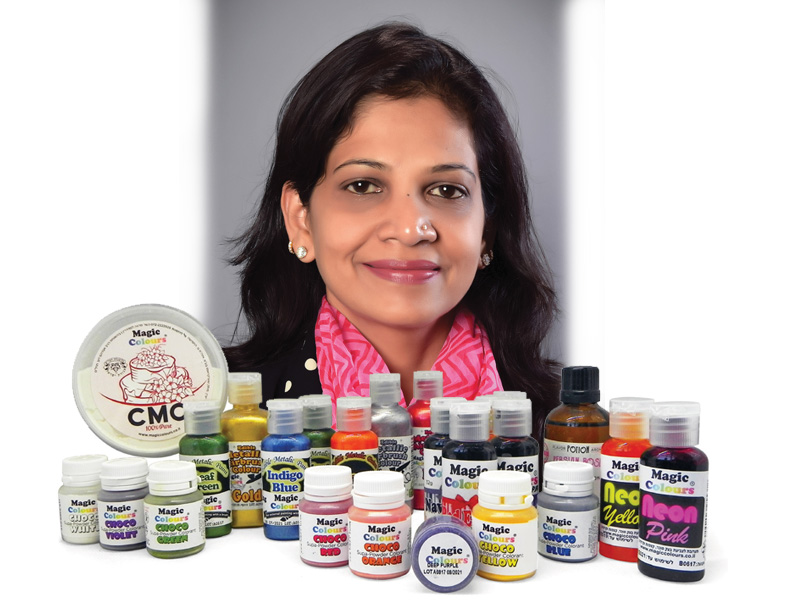Jeeva Anna George’s A Gluten Free Life: My Celiac Story gives the reader a lot of take – aways. BakeryBiz reproduces a touching recount of her story by R Krithika
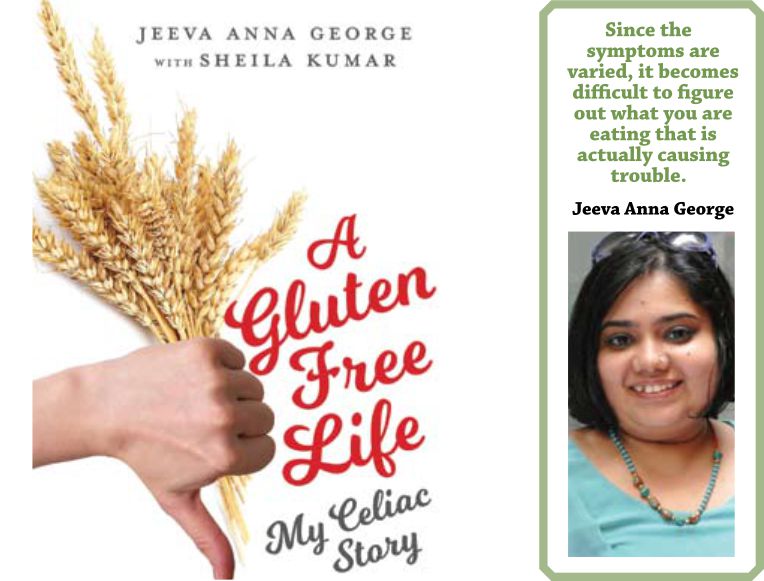
My introduction to Celiac Disease came when a friend gently declined an invitation to my son’s birthday party. After a little probing, she opened up to tell me what her child goes through on a daily basis.
This was 15 years ago, but reading Jeeva Anna George’s A Gluten Free Life: My Celiac Story, written along with Sheila Kumar, brought back vivid memories of her struggle.
More so because the book’s conversational chatty style took me back to he days when my friend would weep and rail against fate, people and everything responsible for putting her kid through a life where most food, especially of the celebratory kind, had wheat.
Kumar admits that this was a conscious decision. “This is Jeeva chatting with gluten-allergic people struggling to hack it and sharing her hard-won nuggets of wisdom.”
She asked George to put down her experiences “any which way, as stream-of-consciousness as she wanted. After which, I fixed the flow, chronological as well as stylistic. I was very conscious that it is Jeeva’s story and my role is to put it as cogently, as coherently, in as empathic a manner as possible.”
It gave me a few tips for a cleaner kitchen as well. There is, of course, quite a bit about food, what to look for, what you can eat safely, and recipes, all of which are interspersed with snippets of life lessons and lesson learnt.
While the book is bound to interest those suffering from Celiac Disease, a lay reader also takes away a lot of information. George talks about how celeb endorsements of diets and the many food fads have led to misinformation about the disease. “Since the symptoms are varied, it becomes difficult to figure out what you are eating that is actually causing trouble,” says George.
“Some people lose weight, some have skin problems, some have headaches or just bloating, so you end up going to the wrong specialist or doctor. However, if you have symptoms like diarrhoea and it does not go away, then seeing a good gastroenterologist ensures you get a correct diagnosis. Gastroenterologists are aware of the varied symptoms and there is generally more awareness now.”
If you’re not sure what to do for a child, there are paediatric gastros that your child specialist should be able to help you with. Because they are seeing the problem more and more, they are also investigating and identifying it quicker. And that definitely makes her happy.
Over the last 10-12 years, those diagnosed took the initiative to spread information. The heightened interest in alternative food and general wellness has also helped. But, she says, “I would like it if people know more about Celiac Disease than just about gluten-free food, because the latter gets labelled as a fad diet.”
The other aspect is the reaction to refusing food in India. People get offended when you refuse something, points out George, and so it is even more important to make people aware of the condition.
After her diagnosis, George went into a frenzy of reading labels, finding out what she could eat and testing recipes. In 2013, she decided to share her finds with fellow sufferers and launched her company Jeeva: Initiatives, Bakes and Guides, through which she sells baked food and offers help to people.
She adds, “The knowledge I have gained over the years about conditions like autism and other diseases has been tremendous, thanks to a varied customer base. Winning the Anthah Prerana Award from The Indus Entrepreneurs was a great feeling too.
”While she has the “typical” lows of any business, like support staff going AWOL and logistical issues, she also has issues with her health. “Customers generally expect gluten-free products to taste just like normal products. At times, the texture and taste is difficult to mimic, and those are the times when I have wished people knew the number of hours and effort that has gone into perfecting some of my recipes,” she says. It took her two years to perfect the gluten-free bread. George says she “relied on memory of how things tasted before she went gluten-free. Baking gluten-free bread is very different from making normal breads. There is no dough to knead. It is more like dealing with thick cake batter.
“My first five attempts were so bad, and I binned them. It was a bloodsweat- tears experience. Slowly, I started getting ratios and proportions right and, with every try, the bread started tasting better. It took me at least 20 recipe trials to come to the bread recipe I have shared in the book.” In her book, George offers recipes for pancakes, appam, pizza, pasta, shortbread, muffin, brownies, momo bags, cookies, and more. All gluten-free.
For Kumar, the main take-away from this project was that “the more you empower yourself with knowledge, strategy and determination, the more easily you can tackle the toughest setback.” Something that George endorses with a counsel: “Take control of the situation and empower yourself with information.”
********************************************************************************************************
Amaranth Flatbread
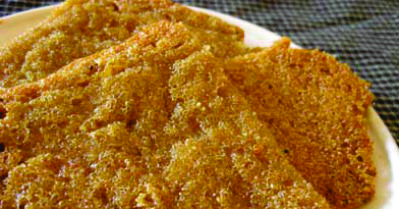
Servings: 6
Ingredients:
- 100 gm Amaranth flour*
- 1.5 tbsp Pumpkin seeds, ground
- 1.5 tbsp Sunflower seeds, ground
- 1 or 2 sprigs Coriander and mint leaves
- 400 ml Olive oil
- 200 ml Water
- A pinch of salt
*Amaranth flour is gluten-free, protein-rich flour produced by grinding seeds from the amaranth plant into a fine powder. Amaranth is grown for its edible starchy seeds, but it is not from the same family as cereals such as wheat and rice.
Method
Put the flour, ground seeds, leaves and salt in a bowl. Make a well in the middle and pour in the oil. Gradually, pour in the water, mixing with a whisk until you have a thick batter. Heat a skillet until very hot, brush the pan with oil and pour around 100 ml of the batter. It should be like a thick pancake.
Lower the heat slightly and allow the flat bread to brown before turning and browning on the other side. Lift out the flat bread.
You can eat this with gravy like a roti or cut it into slices like bread. One of the best things about this flatbread is that it can be kept in the freezer for a week or two.
********************************************************************************************************


